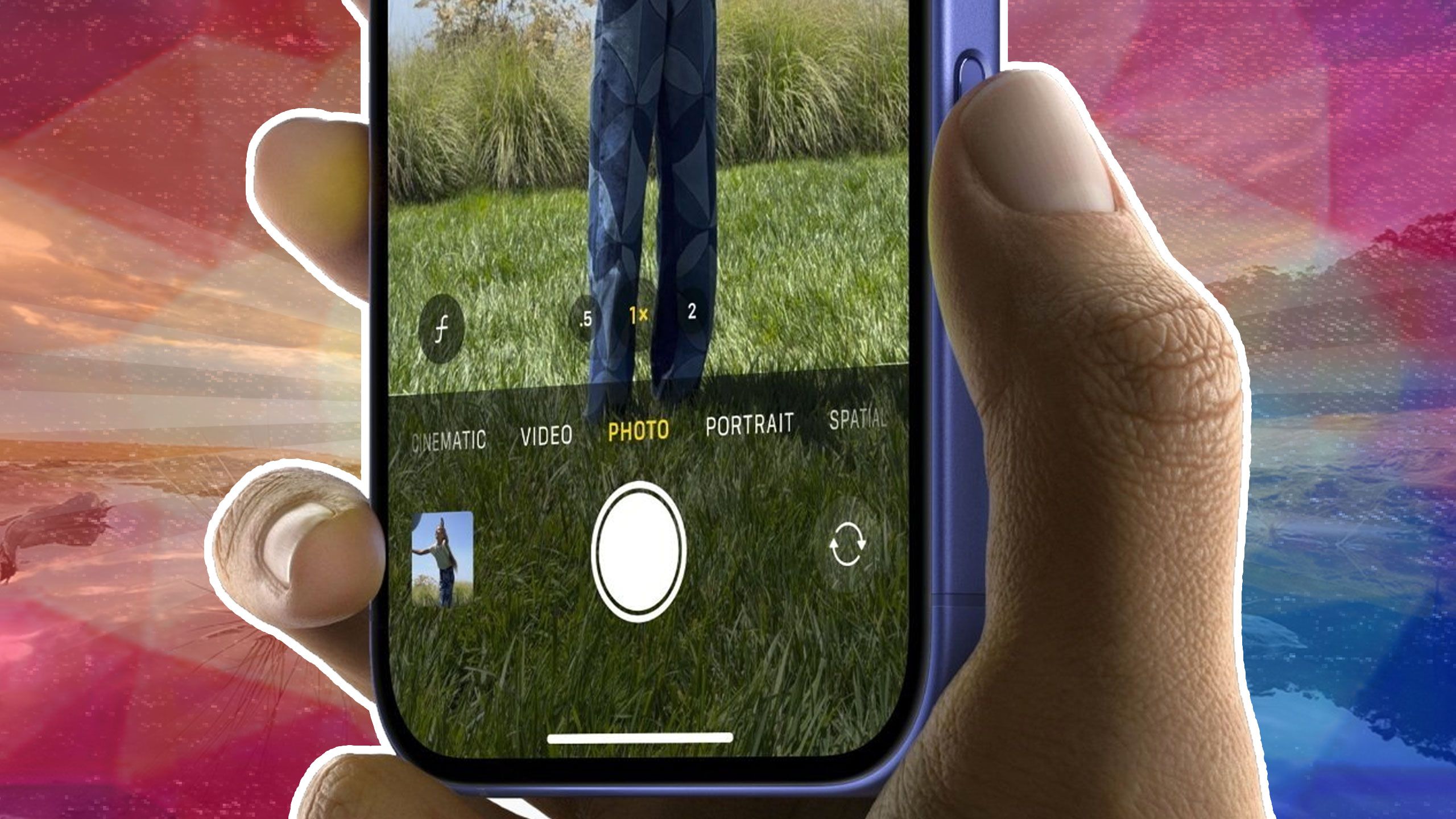Summary
- The Google Pixel 10 is rumored to be getting triple rear cameras as standard, finally offering Pixel fans a telephoto lens without having to step up to a Pro.
- Triple cameras matter, since many people depend on a phone for all their photos and video. Zoom can be absolutely essential in some situations, such as concerts and scenery.
- With any luck, the Pixel 10 will force Apple and other smartphone makers to make triple cameras standard on every device above the budget level.
It’s important to treat any rumor with skepticism, but one of the more persistent claims about the Google Pixel 10 is that the phone will have triple cameras on the back, instead of just the primary and ultra-wide cameras on the Pixel 9. The third, of course, is expected to be some sort of telephoto unit, making use of periscope technology to cope with the tiny amount of space available in a phone’s camera bump.
This might all be trivial except for one thing — we’re still getting costly “standard” (non-Pro) smartphones with dual cameras, or even single cameras, no matter if they’re in the mid-range or premium price tiers. The iPhone 17 Air, for example, is expected to be a single-camera device, despite a price tag higher than the base iPhone 17. Google’s move should hopefully put overdue pressure not just on Apple, but on every holdout in the smartphone industry.
- Brand
-
Google
- Display
-
6.3-inch 120HZ OLED, 1080 x 2424 pixel resolution, HDR10+
- RAM
-
12GB
Pixel 9 features a 6.3-inch display and a familiar design. It supports the addition of a 48-megapixel ultrawide lens to its rear camera array alongside Google Gemini and AI features.
What’s the big deal with triple cameras?
The realities of digital life
Pocket-lint / Apple
It used to be that any camera on a cellphone was a novelty. A couple of decades ago, in fact, there was a short-lived niche of “camera phones” — devices that weren’t yet smartphones in the modern sense, but did let you take mediocre photos that proved you’d gone somewhere or been with someone. Even at the time, I never really got the appeal, since you’d get a lot more out of the dedicated point-and-shoot cameras that were available. It was better to buy a cheap flip or candybar phone and spend the real money on a Canon PowerShot.
Today, cameras on phones are not only much better, but virtually a necessity. Many businesses assume you’re prepared to scan QR codes for things like menus and waiver forms. More importantly (for the sake of my argument), the market for point-and-shoots has effectively dried up, leaving people to choose between phones or buying hobbyist- or professional-grade equipment — and no one really needs a Nikon Z30 to take photos of their kid at a park, much less a Z6 III or Z8.
My issue with dual-camera phones is that they inevitably leave an important range out of everyday coverage: zoom.
All this is to say that while multiple phone cameras might superficially sound like a luxury, they’re really not in the context of buying a device priced upwards of $800, like the Pixel 9. In something that expensive, it’s reasonable to expect a camera system that can produce decent to excellent images in any common scenario. For me, that might mean taking a close-up of my son making music — for you, that might mean snapping scenery on a trip, or getting everyone in the frame at a family cookout.
My issue with dual-camera phones is that they inevitably leave an important range out of everyday coverage: zoom. You get a wide-angle camera as your main, but your only alternative is an ultra-wide — which actually pushes your subject(s) further away while adding a distorted perspective to anything that isn’t dead-center. As I’ve argued many times before, it’s far more useful to zoom in.
One of the standard rules of photo composition is to fill the frame with your subject. Frequently, optical zoom is the only way to get reasonable detail. The iPhone 16 may have an excellent 26mm main camera, but even AI-enhanced digital cropping isn’t going to get you a decent image of a singer at a concert, say, or a mountain in the distance.
Triple-camera systems solve that gap. I’m not expecting anything on par with the 80-200mm Nikkor lens I used to use for pro photography, but in 2025, it’s perfectly reasonable to want a smartphone camera that can snap a headshot from the other side of your living room. Economies of scale have pushed parts costs down, especially since phone makers have been selling telephoto-equipped devices for many years at this point.
The Pixel 10’s potential impact
It’s not about the short term
As I suggested, the most direct pressure could be on Apple, which is Google’s main rival in the North American phone market. Don’t get me wrong, iPhone sales vastly dwarf any Pixel released so far — regardless of whether the Pixel 10 is a runaway hit, it won’t put a dent in Apple’s market dominance.
Apple can’t afford to ignore the optics of a triple-camera Pixel, though, pun intended. The company is already coping with the fact that Apple Intelligence is years behind Google Gemini, and triple cameras could give the Pixel 10 yet another edge over the iPhone 17 and 17 Air, at least among shoppers who aren’t chained to a single ecosystem. Simply put, it risks reinforcing the view that Apple is stagnating, obsessed with minor refinements in the name of keeping its profit margins safe.
I wouldn’t be surprised to see Apple switch up the iPhone 18, given that it’s increasingly difficult for the company to find new selling points.
Google’s influence wouldn’t mean as much except that Samsung, Motorola, Nothing, and OnePlus are already in the triple-cameras-as-standard camp, thanks to devices like the Galaxy S25 and Moto Edge. Google joining suit is rubbing salt in the wound, making Apple look outright backwards.
Worldwide, you’ll still find other brands trying to get away with dual-camera devices at elevated prices, such as Honor. But for them, Google may be a tipping point, since if it can find a way to make triple cameras affordable in North America, there shouldn’t be anything stopping its competition elsewhere.
How soon will Apple follow suit? It’s hard to say. It’s too late to change the iPhone 17 and 17 Air, since with their launch just two months away, those devices should already be in production. I wouldn’t be surprised to see Apple switch up the iPhone 18, given that it’s increasingly difficult for the company to find new selling points. It can also be extremely stubborn, however — it held on to Lightning years after other phone makers switched to USB-C. In that regard, it’s not impossible that we’ll have to wait for the iPhone 19 before we can truly take triple cameras for granted.


